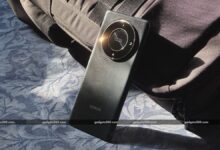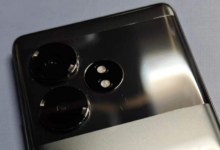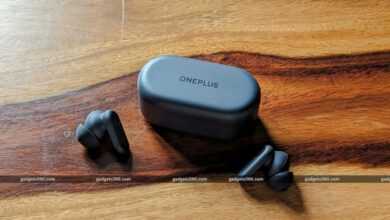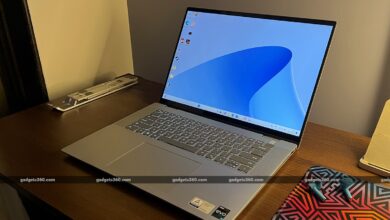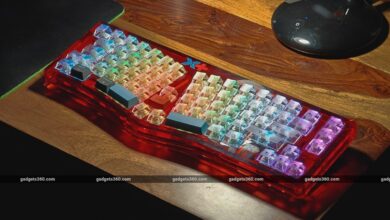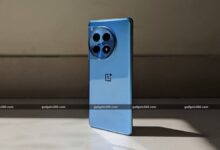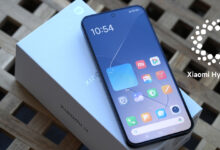Huawei reveals how ‘transparent vest’ polysiloxane works in Mate X3, X5 screens helobaba.com
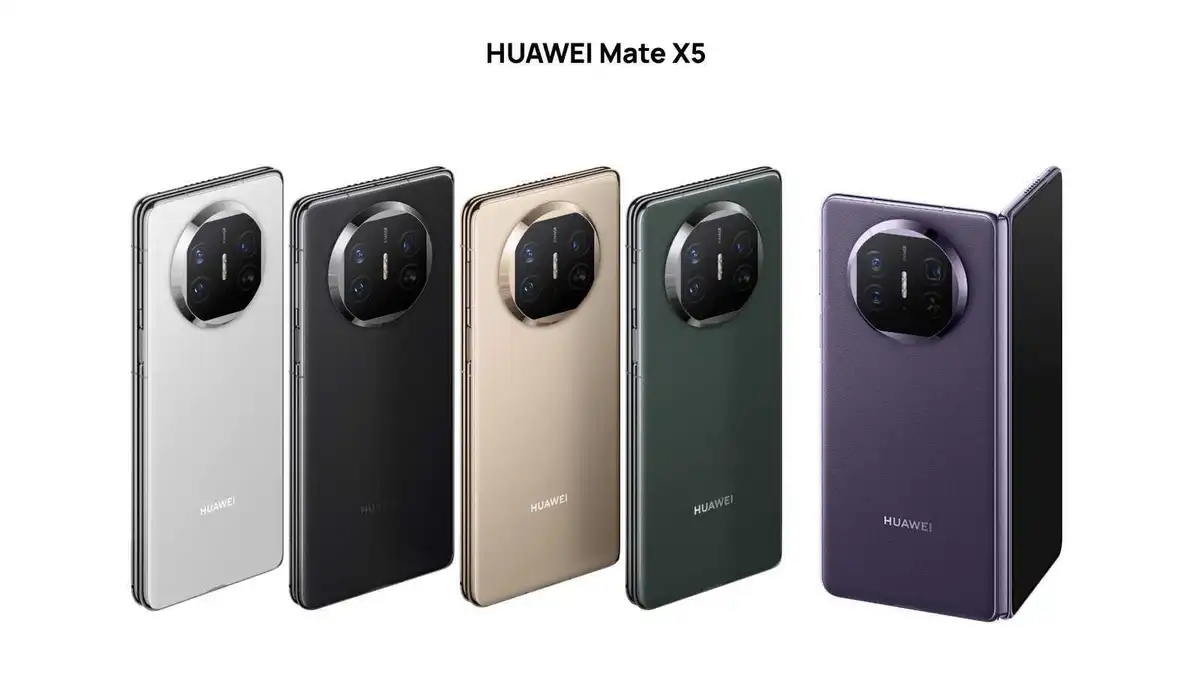

One thing that makes Huawei Mate X3 and X5 stand out in the competition is the durability of their inner screens despite being foldables. According to the company, this has become possible through the material it developed, which it described as a “strength-on-impact” that can act like a “transparent vest” on the screen.
Investing in expensive foldable smartphones nowadays could be risky. Huawei is aware of this concern, pushing it to start research to create a clear and foldable material, which would later be called “polysiloxane.” According to the company, the inspiration behind the research is the oobleck experiment, where a material will easily penetrate a pool of wet starch when it moves slowly but won’t sink when there is fast movement. In simplest terms, the behavior of the oobleck depends on the applied stress.
In a recent report by the South China Morning Post, the company shared that the material underwent 100 experiments to be developed properly. Since it will be applied directly on the screen of the devices, Huawei has to produce a transparent material that users won’t notice on their screen. According to the company, after several tries, it managed to reach 92% transparency for the flexible screen.
After the success, Huawei applied the material to Mate X3’s foldable screen, which it noted was the “first use of non-Newtonian fluids in consumer electronics.” Later, the company also adopted this to Mate X5, which received a five-star impact resistance SGS Switzerland certification. The tech giant claims the material has allowed its new foldable screens to be four times better than Mate X2 and be resistant to sharp object scratches and one-meter drops.
As explained by the company’s own team of researchers behind the creation, the material works just like the oobleck in the experiment. While the material allows the screen to be bendable while opening and closing the foldable device, they noted that it “instantly hardens upon rapid impact.”
This is a promising creation from Huawei, which should benefit its future devices. For the company, this addresses the major concerns about foldable devices, which are becoming thinner and thinner and more vulnerable to breakage.
“Incorporating this ‘strength-on-impact’ material into the screens of foldable phones not only meets the demands of folding mechanisms but also significantly enhances the screens’ resistance to impacts,” the Huawei team shared.

